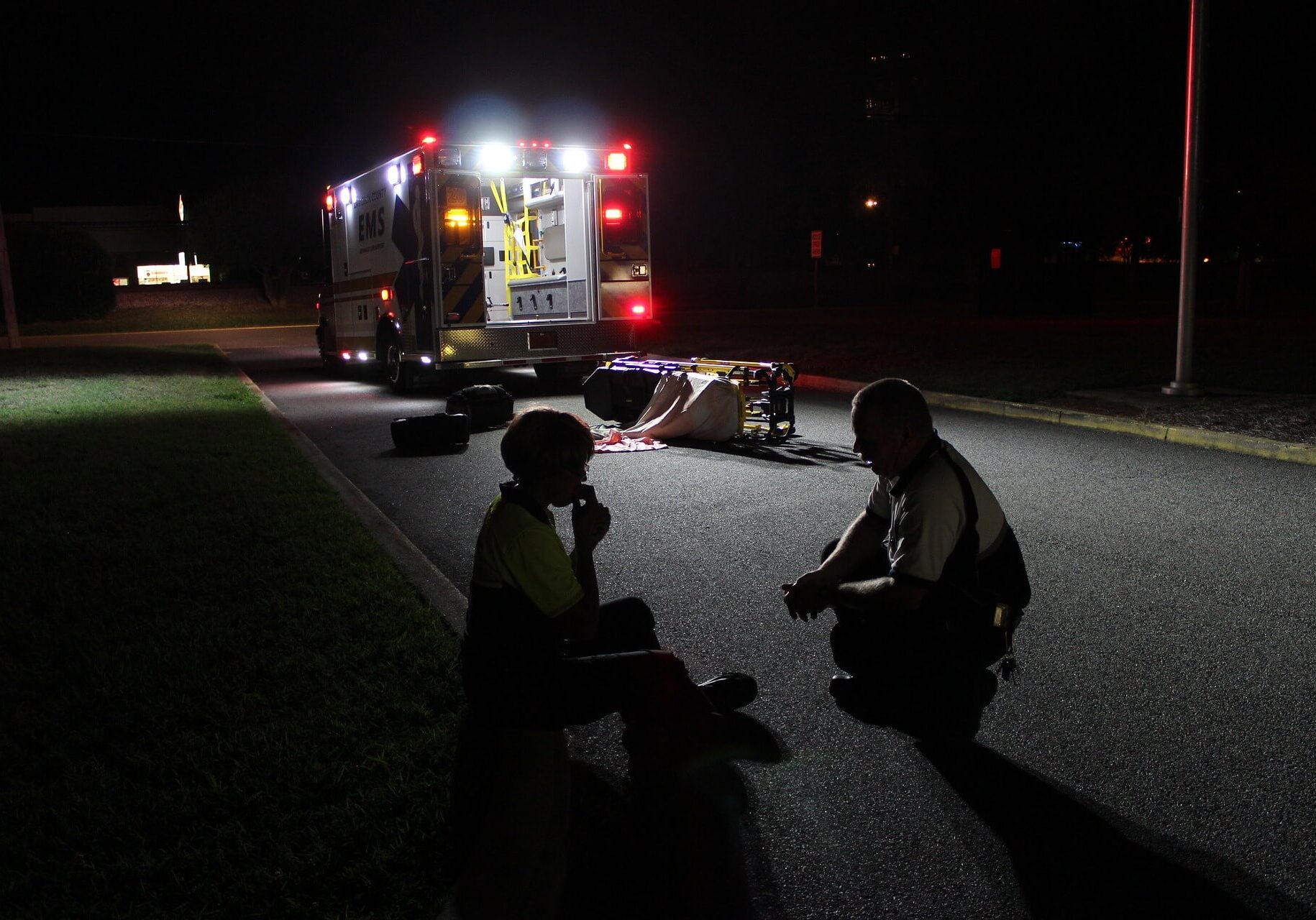What is Post Traumatic Stress Disorder (PTSD)?

You may have already heard a bit about PTSD on the news. Lately, we’ve been hearing more and more about it in the media because it’s affecting war veterans at alarming rates. However, PTSD is not exactly a “new” disease. We’ve called it different things throughout history from soldier’s heart to shell shock, to war neurosis. In fact, we’ve found evidence of PTSD happening as early as 440 BC in an account of the battle of Marathon written by Herodotus. Since 1980, we’ve been calling this mental illness Post Traumatic Stress Disorder because many different traumas can cause it, not just battle trauma.
Let’s define PTSD:
PTSD is a mental illness brought on by a severe trauma. The most common events that lead to PTSD include:
- Experiencing a life-threatening moment
- Severe injury
- Sexual assault
- Natural disasters
- Car accidents
- Growing up in foster care
- Domestic violence and abuse
When any of us experiences traumatic events like these, we’re likely to be physically and emotionally affected for a little while at least. It’s normal in the weeks following a traumatic event to feel down, frightened, on edge, and physically unwell. However, PTSD should be considered when we see that our trauma response is severe and doesn’t go away. Most of us recover from trauma within a few weeks and can get back to a normal life. PTSD is a more severe trauma-response that can go on and on, for years even, until successful treatment. The following symptoms are what characterize PTSD:
- Disturbing and intrusive thoughts, feelings, and dreams related to what happened during the traumatic event.
- Mental or physical distress in response to reminders of the event.
- Re-living / re-experiencing the event. We call these moments flashbacks.
- New or worsening negative beliefs. With PTSD, the way we feel about friends and family can change. Self-image can change as well; we may develop debilitating feelings of guilt or shame. The whole world might change its image; we may start to believe that it’s a dangerous and evil place.
- Constantly feeling on edge, also known as hyperarousal. We simply cannot relax anymore because things feel too dangerous and unsafe.
Additionally, PTSD is sometimes accompanied by these symptoms as well:
- Feelings of hopelessness, shame, or despair
- Depression or anxiety
- Drinking or substance abuse problems
- Physical symptoms including chronic pain and fatigue
- Employment problems
- Relationship problems, including divorce
Why does PTSD happen?
Most, if not all, of these symptoms, can be attributed to a hyperactive nervous system. After the traumatic event, our stress-response system goes haywire. Our brain structures related to fear, like the amygdaloid, become overactive and we pump out unnecessarily high amounts of adrenaline and other stress hormones. This means that our body and mind are stuck in “emergency mode”, even if we’re just sitting at home on the couch. This disordered stress response produces all of these unhealthy symptoms like anxiety and flashbacks.
Relationship between PTSD and addiction
In recent years, psychologists and medical professionals have noticed that there’s a pretty strong correlation between this mental illness and substance abuse. Drugs and alcohol, for the trauma survivor, can provide a way to quiet the mind and the body that is now constantly on edge. Drinking and using drugs becomes a sort of self-administered trauma treatment or medication. Unfortunately, sooner or later, these “medications” can morph into full-blown addictions whether the “medicator” is drugs, alcohol or prescription pills.
Facts and Statistics
- On average, 3.5% of Americans experience PTSD in a given year.
- 9% of Americans will experience it in their lifetime.
- 50% of rape survivors develop the condition afterwards.
- Adults are more at risk for developing the condition than children.
- It is more common in women than in men.
- Women who experienced abuse during their 3rd trimester are significantly more at risk for developing the disorder.
- 20% of those who experience military combat will develop PTSD.
Treatment for Post Traumatic Stress Disorder
The gold standard in treating this mental illness combines counseling, cognitive behavioral therapy (CBT), and prescription medications. It is possible to break free from PTSD, and treatment is the best way to do so.
The most effective form of psychotherapy for PTSD is exposure therapy. In exposure therapy, you will be exposed to the things that trigger anxiety and flashbacks. The goal is to desensitize you slowly so that eventually triggers and reminders lose their power over you.
Here at Breathe Life Healing Centers, we specialize in treating trauma and the destructive behaviors that tend to accompany PTSD.
In trauma treatment and recovery we learn to replace dysfunctional self soothing activities with functional ones that are based on the same principal, but are healthier, such as walking, journaling, group sharing, guided imagery, “flow” activities. Breathe’s trauma treatment program is based on this transition from dysfunctional medicators to functional forms of self soothing that enhance rather than destroy life. Not only is our trauma treatment program designed to work through the issues related to trauma, but also to build the kinds of life skills that create strength and resilience throughout life.
If you or someone you love is struggling to recover from trauma, please reach out to us. We can help you get back up on your feet and participating in life again.
To Inquire About Breathe Life Healing Centers, Please Call
Our Helpline 24/7 at (800) 929-5904
Get Help Now
Send us a message and a member of our team will be in touch shortly.
